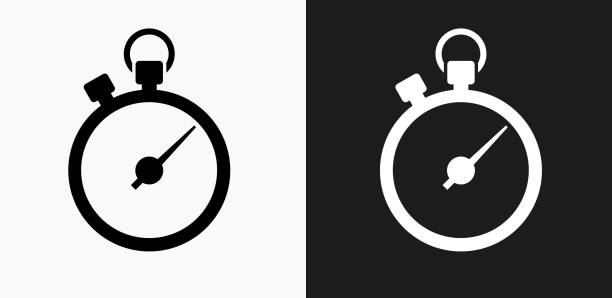At this point, if you have been following our series, we’ve gone through a couple of things when it comes to transcription, which include the transcription equipment, where we identified the right equipment that you need, how to format your transcripts for researchers, we’ve looked at what type of transcripts exists (verbatim or non-verbatim or edited) and which one would be suitable where, as well as looked at both human and machine transcription. Now in this series we’ll look at the transcription mechanics. So how do you go about transcribing in the best possible way?
Now, there’s no way for me to actually show you how to transcribe the interviews but the closest way I can get to that is to talk about some tips and guidelines on the mechanics of transcribing your oral history interviews. Below are three top tips.
Just Type!

The first thing that you’ll need to do is just type. Don’t worry too much about getting everything right on the first go. 80 to 90% percent accuracy is what I normally aim for on the first go of transcribing the audio files. So, as I’m listening, I just type and if I don’t get a word or a phrase or worst case a whole sentence, I don’t keep hitting play and replay just to get that particular word or phrase, I just put a timestamp or place an inaudible and move on. Later on I will come back and listen again to fill in the gaps.
For relatively easy transcripts, I take a two-pass. I listen and transcribe for the first time and try to get as much as possible. For the areas that I may not comprehend what is being said, I just skip over them and keep on transcribing until I get to the end. Later on, I’ll come back and listen keenly and try and get what I didn’t get before and fill in the gaps. This is where I Google stuff and find clarifications of names and spelling of people and places.
So just get to the end and then when you come back again you will review and re-listen and get what you didn’t get before. You may have to listen to the audio a second and probably third time if it’s a really challenging audio.
Repeated Words and Speaker Designations

Now, you don’t want to spend a lot of time typing these out on the first go. This goes for repeated words as well as speaker designation and long words that may take time to spell out. So if you find a word that is 10-letter or more repeated often in the transcript such as Mississippi, it would be best to find a shorthand that can stand in for it every time it pops up in the audio. For example, instead of typing out the whole word Mississippi you just write it as MISS in all caps every time the word Mississippi is mentioned. So once you finish transcribing you can replace all the shorthand with the correct full spelling of the word with the find and replace function. It is best to ensure that your shorthand is unique and won’t replace all the words that look similar to the shorthand.
The same applies for speaker designation. Use a unique symbol that stands for the speakers and then later on you can replace it with the speaker identification. An example below shows replacement of the symbols forward slash and the greater than symbol with the names Kierra and Nigel respectfully in the final clean transcript.
/: What does your mother think?
>: Not much … She agrees with me yeah.
/: Really? [Laughs] Are you sure?!
>: [laughs]
When replaced it would look as below
Kierra: What does your mother think?
Nigel: Not much … She agrees with me yeah.
Kierra: Really? [Laughs] Are you sure?!
Nigel: [laughs]
Time Yourself

While transcribing, it is best to time yourself so as not to spend too much time sitting down as this is also not too healthy. Transcribe for a while and take a break. Continuous transcribing without taking a break leads to exhaustion and concentration levels end up dropping which in turn leads to poor quality work. Preferably you can cut your file into bits, and after every specific bit you take a break and just walk away from your screen, get a cup of coffee or a snack or just something to take a break from your transcription work.
Those are my tips for transcription mechanics, I do hope they were helpful. Please contact us for any questions or comments you may have. And remember, always be kind, try to stay positive and learn to unwind.